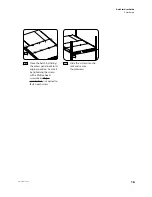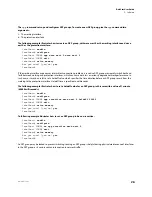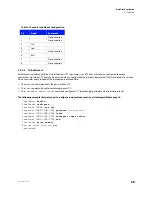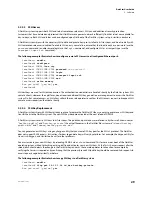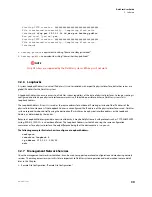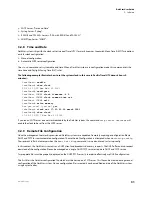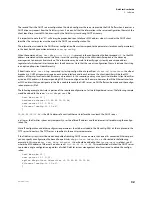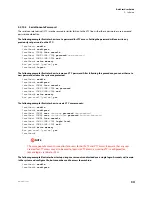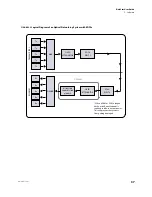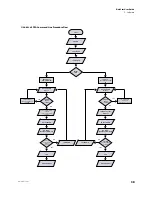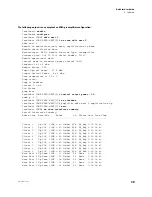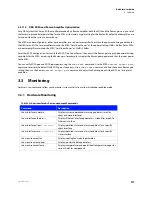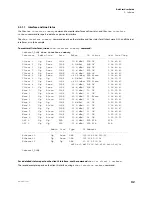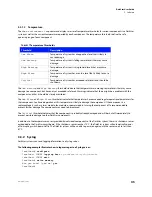
30
DarkStar User Guide
3: Software
www.xkl.com
Starting TFTP transfer: #################################...
File transferred successfully...Completing flash write
localhost#
tftp get 10.15.1.98 id_dsa.pub hostkey-public
Are you sure? [yes/no]
yes
Starting TFTP transfer: #################################...
File transferred successfully...Completing flash write
localhost#
•
hostkey-private
is equivalent to writing "/dxmos/hostkey-private.dat"
•
hostkey-public
is equivalent to writing "/dxmos/hostkey-public.dat"
NOTE
Only DSA keys are supported by the DarkStar systems. RSA keys will not work.
3.2.6 Loopbacks
A system Loopback Address is a virtual IP address. It is not associated with a specific physical interface, but rather serves as a
global IP address for the DarkStar system.
A Loopback Address can ensure access to a DarkStar system regardless of the state of physical interfaces. So long as routing is
configured and at least one physical interface remains active, it should be possible to access a DarkStar system via its
Loopback Address.
The Loopback Address, if it exists, is used as the source address for outbound IP messages instead of the IP address of the
physical interface. However, if the Loopback Address is unconfigured, the IP address of the physical interface is used. DarkStar
systems respond to inbound traffic using the destination IP, which may be a physical interface address or the Loopback
Address, as determined by the sender.
Because a Loopback Address provides a consistent identity, it may be helpful to use it with protocols such as TFTP, SNMP, SNTP,
Syslog, RADIUS, , and outbound Telnet. The Loopback Address is established using the same configuration
commands as for a physical interface, the only difference being that the device name is
loopback
.
The following example illustrates how to configure a Loopback Address:
configure
interface
loopback 0
ip address
172.16.1.192/32
exit
3.2.7 Management Network Services
Once the management network is established, it can be used to support operational configuration and monitoring network
services. The management services in this list are important to DarkStar system operation and are described in more detail
later in this Chapter:
•
Remote File Configuration: “Remote File Configuration”.

